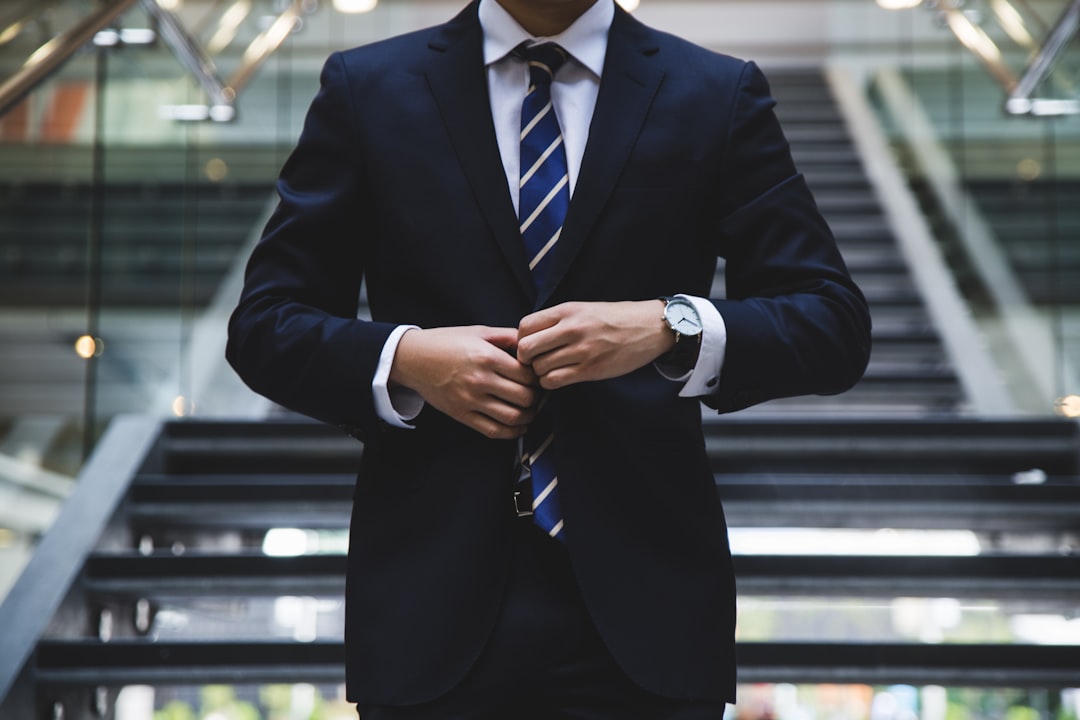Optimal law office equipment, specifically lighting, enhances productivity and comfort. Balancing natural window light with artificial illumination, using adjustable fixtures, and incorporating energy-efficient LED lights and smart controls reduces eye strain, promotes focus, saves energy costs, and creates a sustainable working environment. Task-specific lighting and ambient adjustments cater to individual needs, boosting staff morale. Upgrading to efficient law office equipment is a key strategy for reducing operational costs and minimizing the practice's environmental impact.
In today’s digital era, the law office environment significantly impacts legal productivity. This article explores how productive law office lighting can enhance work efficiency. We delve into the impact of lighting on legal professionals’ focus and mood, guiding you in choosing efficient law office equipment for optimal illumination. Additionally, we provide design strategies for workspace enhancements and energy-saving tips to reduce operational costs.
- The Impact of Lighting on Legal Productivity
- Choosing Efficient Law Office Equipment: Illumination
- Designing for Optimal Workspaces and Mood
- Energy-Saving Strategies in Law Offices
The Impact of Lighting on Legal Productivity
The right lighting in a law office can significantly enhance productivity among legal professionals. Adequate and well-distributed illumination is essential for tasks that require focus, such as document review, research, and case preparation. Natural light from windows is ideal, as it reduces eye strain and promotes alertness. However, supplemental artificial lighting should be present to cater to the varied daylight conditions throughout the day and ensure a consistent work environment.
In addition to natural and artificial sources, the quality of lighting plays a crucial role in legal productivity. High-quality, adjustable lighting fixtures that allow for individual control over brightness and color temperature can optimize visual comfort and acuity. This is particularly important for lawyers who spend long hours poring over documents, as it helps maintain concentration and reduces the risk of eye fatigue. Thus, investing in quality law office equipment, specifically focusing on lighting, can substantially contribute to a more productive and healthy work environment.
Choosing Efficient Law Office Equipment: Illumination
Choosing the right law office equipment, particularly when it comes to lighting, can significantly enhance productivity and create a more comfortable work environment for attorneys and staff. Efficient illumination is not just about reducing energy costs; it also minimizes eye strain and promotes better focus, crucial aspects in a profession that demands attention to detail.
When selecting lighting for your law office, consider tasks-specific requirements. Desk lamps with adjustable necks and dimmer switches offer versatility, allowing for tailored lighting conditions. Opting for LED lights is highly recommended due to their energy efficiency and longer lifespan compared to traditional incandescent bulbs. Additionally, natural or ambient lighting from windows can greatly improve productivity, so maximize this by incorporating light-colored curtains or blinds that allow for optimal daylight entry.
Designing for Optimal Workspaces and Mood
Designing for optimal workspaces in a law office goes beyond simply meeting minimum lighting requirements. It involves carefully considering the placement and type of lighting fixtures to create an environment that enhances productivity and promotes a positive mood among staff. The right lighting can improve focus, reduce eye strain, and even influence a person’s cognitive performance.
For instance, incorporating adjustable task lighting in desks allows lawyers and support staff to tailor their workstation lighting according to their specific needs. Ambient lighting, on the other hand, sets the overall tone of the office. Warm, soft lighting can create a welcoming atmosphere while still maintaining adequate brightness for comfortable work. Balancing these elements with appropriate law office equipment—like task lamps, recessed fixtures, and window coverings—can contribute to an efficient, pleasant, and ultimately more productive workspace.
Energy-Saving Strategies in Law Offices
Law offices, like any professional workspace, can greatly benefit from implementing energy-saving strategies. One of the key areas to focus on is the lighting system. Upgrading to LED lights is a game-changer; these energy-efficient bulbs consume significantly less power than traditional incandescent ones while offering superior brightness and longevity. This simple switch can lead to substantial cost savings on electricity bills, especially in offices with extensive lighting requirements, such as those featuring large windows or multiple work areas.
Additionally, law offices can adopt smart lighting controls to optimize energy usage. Motion sensors and timers ensure that lights automatically turn off when not in use, preventing energy wastage. These systems can be further enhanced with programmable thermostats, allowing for precise temperature control and reducing energy consumption during unoccupied periods. By combining these strategies with regular maintenance and the use of energy-efficient law office equipment, practices can create a sustainable working environment that minimizes their carbon footprint.
In conclusion, optimizing law office lighting through efficient equipment, thoughtful design, and energy-saving strategies not only enhances productivity but also contributes to a more sustainable and cost-effective work environment. By considering these factors, legal professionals can create a vibrant and productive space that supports their daily tasks and the overall success of the practice. Investing in quality law office equipment, particularly illumination, is a crucial step towards achieving this balance between functionality and efficiency.
